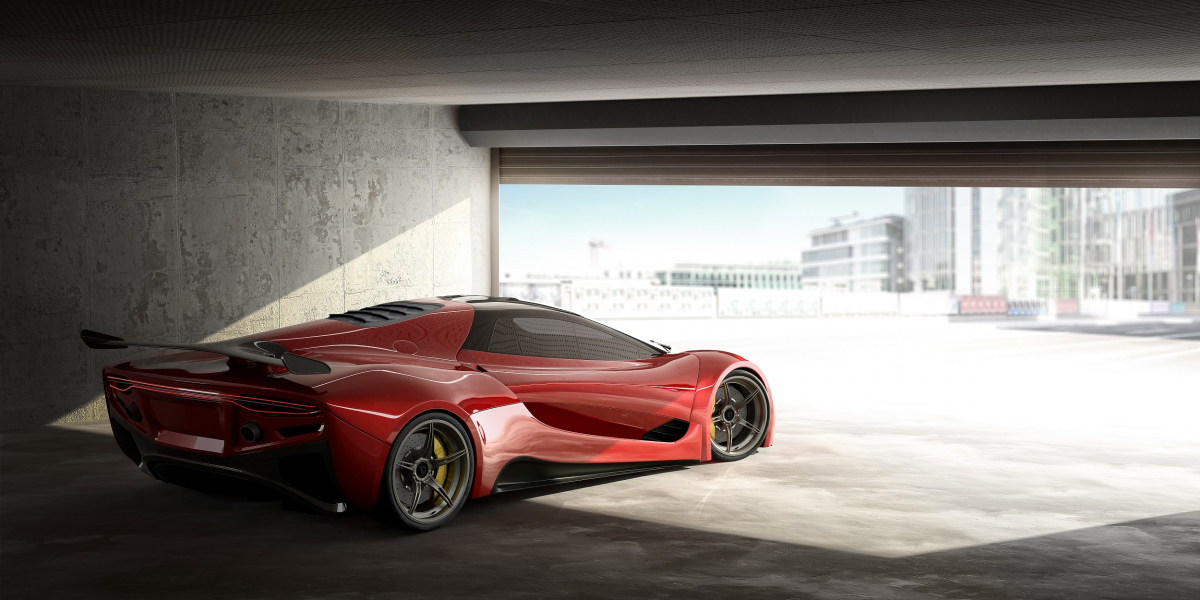Autosonnenschutzfolien
ENHANCE YOUR RIDE WITH HIGH-PERFORMANCE SUN PROTECTION FILMS
Block harmful UV rays, reduce heat, and protect your car’s interior with advanced automotive films.

Benefits of Automotive films
Heat Insulation
Car films reflect heat, particularly infrared rays, the main source of heat. While some heat is reflected, part of it is absorbed and dissipated when the car is in motion, providing heat insulation.
Different film types have varying reflection and absorption rates. Nano ceramic films primarily absorb heat, while magnetron sputtering films reflect it. Early dyed films, though dark, absorb too much heat and provide poor insulation, making them outdated.
For the best results, opt for nano ceramic or metallic films like magnetron sputtering, which offer high light transmission, good visibility, and effective heat insulation.
Energy Saving
Automotive tint films block heat transfer, reducing the need for air conditioning and lowering fuel consumption. Cars with solar films cool down faster, saving energy and costs.
A good tint film has a high IRR (Infrared Rejection) value. For optimal energy savings, check additional parameters like U-value, G-Value, and Shading Coefficient (SC)—the lower these values, the better the energy efficiency.
Sunlight Protection
Blocking UV rays is a key feature of automotive window films. While factory glass blocks some UV rays, it only blocks 90% of those under 300nm and about 10% of UVA between 300-350nm. Over 90% of UV rays above 350nm can pass through, causing photoaging and harm to interiors.
Solar films block these UV rays, protecting the skin of drivers and passengers, while also delaying the aging of interiors, leather seats, and instrument panels.
Anti-Glare
Car tint films enhance driving safety by reducing glare from strong sunlight, headlights at night, and sudden brightness when exiting dark areas. Some films, like Sunvase photochromic film, adjust to changing light conditions, acting like color-changing sunglasses for your car windows to improve driving comfort.
Privacy Protection
Windshields typically require high light transmittance for clear visibility. However, solar films with lower transmittance are ideal for side and rear windows. The contrast between light inside and outside the vehicle makes it harder to see into the car, enhancing both privacy and a premium look.